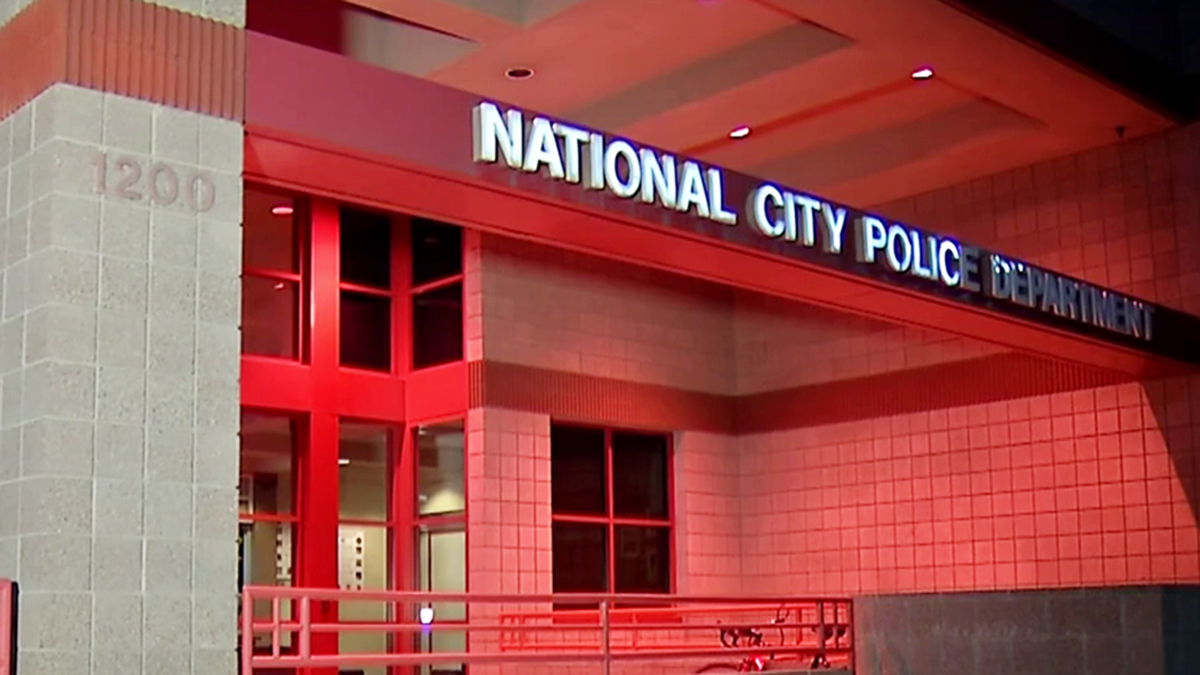After Gov. Brown placed strict water restrictions over California, more attention turned to the Carlsbad Desalination Project as a local source of much needed water. NBC 7’s Artie Ojeda has an update on the plant, which is scheduled to start operating this fall.
A Southern California desalination plant set to open this fall will be the largest in the Western Hemisphere and the only water supply in San Diego not dependent on rainfall or a snowpack.
When the facility opens, it should generate 50 million gallons of potable water each day. That’s enough water for 300,000 residents, or 7 percent of the county of San Diego.
In light of Gov. Jerry Brown’s new mandatory water reductions, Jessica Jones, Community Outreach Manager for Poseidon Water, said many are looking forward to the opening of the plant.
“There are a lot of eyes on the Carlsbad Desalination Project because of the drought situation we’re in,” said Jones.
Four hundred workers are on site, making sure the construction is set to finish on time. So far, Jones said, the plant has passed the systems tests.
Ocean water will be pumped in through a 72-inch feed line and end up in a filter bay, where it will be treated several times before it reaches the pressure vessels. There, the salt is extracted through reverse osmosis.
While a new water source will be welcome, it certainly will not be cheap for residents.
Local
“Desalinated water will be more expensive than imported water when it comes online,” Jones said. “But soon, imported water rates will continue to rise and imported water will be more expensive than desalinated water. And what we need to look at as consumers is what is the cost of not having water at all.”
Because of the high cost of desalination, San Diego County customers will likely see increase in their water bills.
Studies by the Scripps Institution of Oceanography have shown no negative impact on the environment, Jones said, though environmentalists are still concerned about the plant's effect on the local fish and marine life populations.
Livia Borak with the Coast Law Group in Encinitas said that the plant, as the most energy intensive water supply option, "exaverbates climate change" and should be used only as a "last resort."
"This is especially true for the Carlsbad Desalination Project, which not only negatively impacts marine life but also fails to mitigate the majority of its greenhouse gas emissions," said Borak in a statement. "When 60 percent of residential water use is spent on outdoor landscaping, we should be looking to conservation first."
Despite criticism, operators insist the project is environmentally safe, and much needed.
“It is a new water supply so it does give us some protection from drought in the future,” said Jones. “But it’s still important for residents and businesses to conserve as much as they can. It’s just part of the puzzle to being water dependent in California.”



